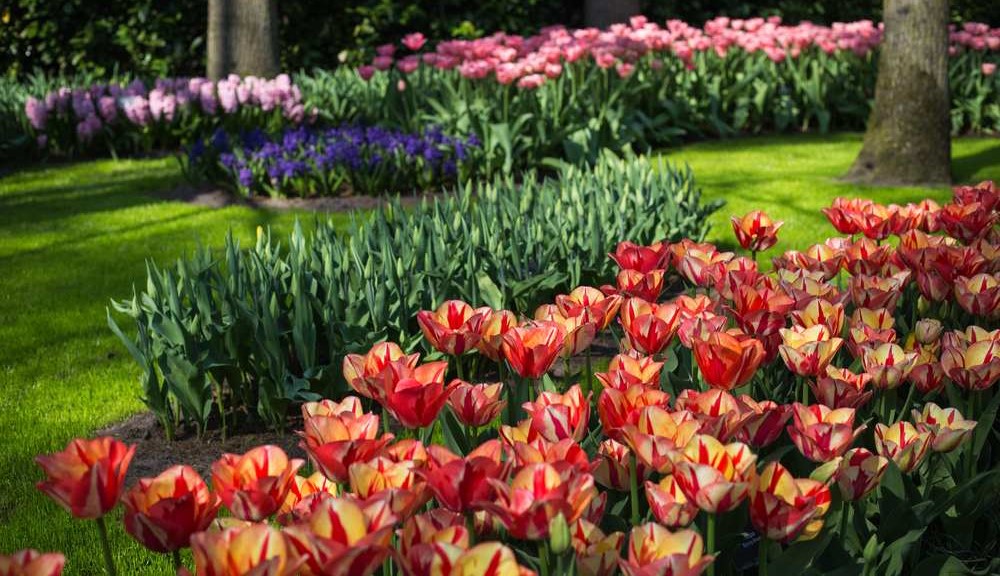You do not have permission to view this post.
If you love the beauty of a lush garden but prefer to spend less time on maintenance, designing a low-maintenance garden is the perfect solution. With thoughtful planning and the right plant choices, you can create a stunning landscape that requires minimal upkeep. Here are some tips to help you design a low-maintenance garden:
- Plan with Purpose:
- Evaluate Your Space: Assess your garden’s size, soil type, sunlight exposure, and microclimates. Consider any existing features, such as trees or structures, that may impact plant growth and maintenance.
- Define Garden Zones: Create distinct zones based on the specific needs of different plant groups or functional areas, such as entertaining spaces, play areas, or quiet retreats. This allows for targeted care and simplifies maintenance tasks.
- Choose Low-Maintenance Plants:
- Native and Adapted Species: Select plants that are well-suited to your local climate and soil conditions. Native and adapted plants often require less water, fertilizer, and pest control compared to exotic species.
- Drought-Tolerant Plants: Choose plants that are naturally adapted to your region’s rainfall patterns. They will thrive with minimal watering once established.
- Perennials and Shrubs: Opt for long-lived perennials and shrubs that require less annual maintenance compared to annual plants. These plants come back year after year, reducing the need for replanting.
- Embrace Mulching and Ground Covers:
- Mulch Benefits: Apply a layer of organic mulch, such as wood chips or bark, around plants. Mulch helps retain soil moisture, suppresses weeds, and regulates soil temperature, reducing the need for watering and weed control.
- Ground Covers: Use low-growing plants or spreading ground covers to cover bare soil and reduce weed growth. Ground covers also help prevent erosion and add visual interest to the garden.
- Efficient Irrigation:
- Drip Irrigation Systems: Install a drip irrigation system to deliver water directly to the base of plants, minimizing water waste and targeting plant roots. This is more efficient than sprinklers and reduces the need for frequent watering.
- Watering Schedule: Water deeply but less frequently to encourage deep root growth and drought tolerance in plants. This helps establish resilient and self-sufficient plantings.
- Smart Hardscaping:
- Hardscape Elements: Incorporate hardscape features like pathways, decks, or patios to reduce the area of planting beds and minimize maintenance requirements.
- Low-Maintenance Surfaces: Choose low-maintenance materials, such as gravel or pavers, for paths and seating areas. These surfaces require minimal upkeep compared to high-maintenance lawns or elaborate garden structures.
- Simplify Garden Design:
- Minimalist Approach: Embrace simplicity in your garden design by incorporating clean lines, open spaces, and well-defined borders. This reduces the visual clutter and simplifies maintenance tasks.
- Group Plantings: Arrange plants in groupings rather than scattering them throughout the garden. This creates a cohesive look and makes watering, fertilizing, and pruning more efficient.
- Regular Maintenance:
- Weed Control: Regularly inspect and remove weeds to prevent them from competing with your plants for resources. Hand pulling or using mulch can help keep weeds at bay.
- Pruning and Deadheading: Trim and deadhead plants as needed to maintain their shape, encourage healthy growth, and prolong flowering. Regular pruning also prevents overcrowding and improves air circulation.
A low-maintenance garden doesn’t mean a dull or lifeless space. With strategic planning, plant selection, and a simplified design, you can achieve a beautiful landscape that requires less effort to maintain. Spend less time on chores and more time enjoying the beauty and tranquility of your low-maintenance garden. Happy gardening!



